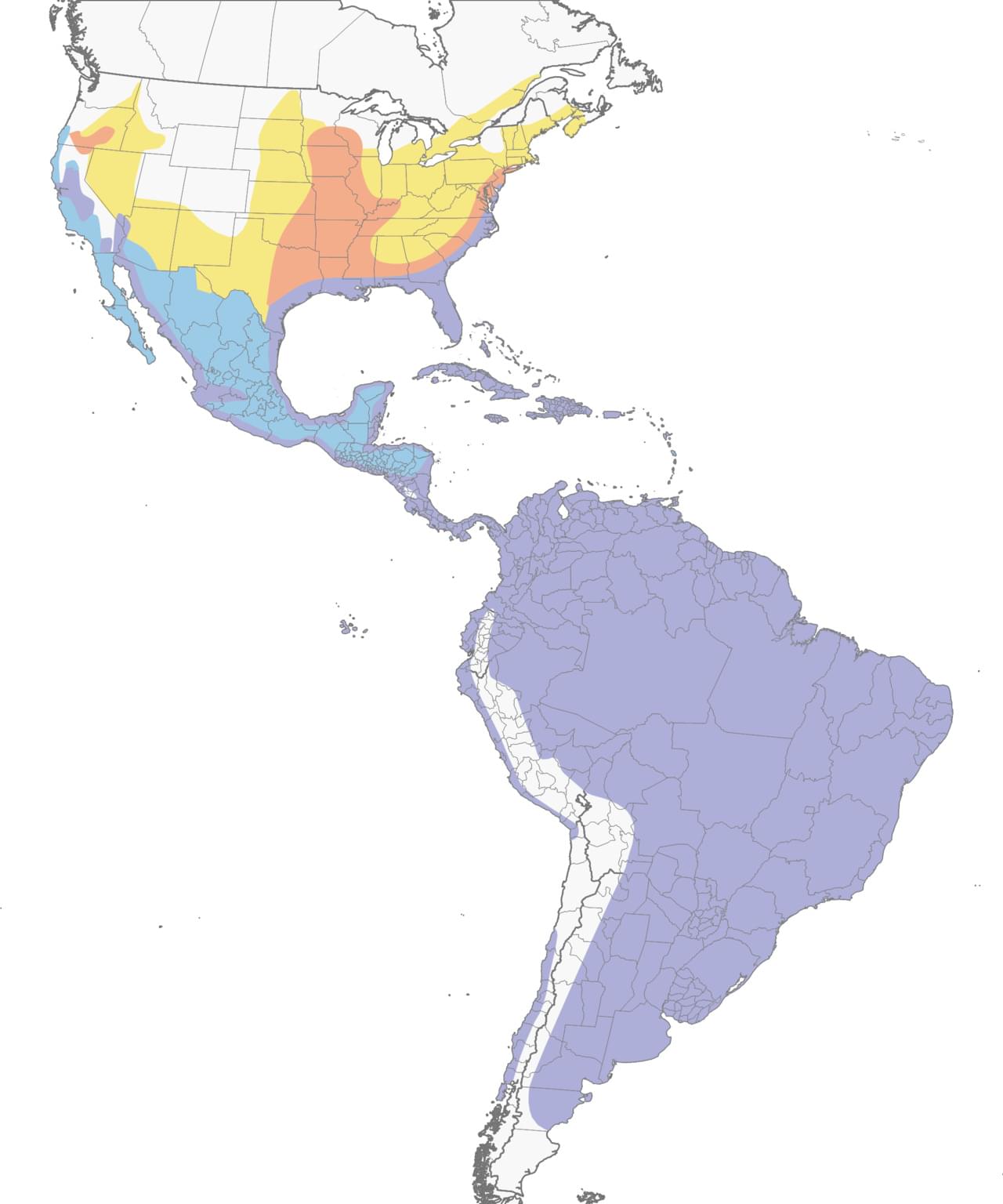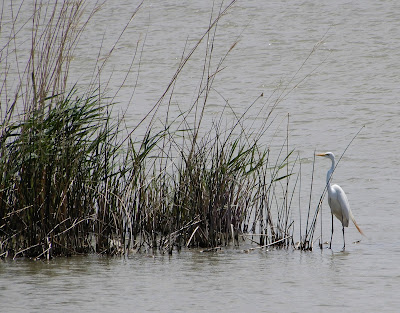They may not be the Justin Bieber of the bird world, but we'll take the "B-level" performers in our little part of the world, too. (Using Justin Bieber as a "star" probably shows how clueless I really am, which is no surprise at all. Actually, my curiosity won and I Googled biggest male singer of 2022. It's The Weeknd - just in case you wanted to know.)
"The Weeknd" visitors weren't the celebrity-level whooping cranes. They do travel through our area in the fall and spring. Their scarcity makes them bigger news and subjects for any paparazzi.
But the Great Egrets at Quivira National Wildlife Refuge still warranted some camera clicks and watching through the binoculars. We had taken a sightseeing jaunt to the Big Pasture (Rattlesnake Creek pasture), and we took the long way home. I'll call it "sightseeing" because we aren't the ones responsible for day-to-day care of the cattle anymore.
But we still looked the cows and calves over - the ones that weren't hiding in the plum thickets anyway - and we checked the solar battery to make sure it was still charging.
And we stopped for the obligatory snapshot of the Rattlesnake Creek on the bridge. The water level is down some because we've had a dry winter and spring thus far. But there's more in the stream than there was back in 2012 during another drought.
Our "long way home" took us on a drive through the Quivira National Wildlife Refuge. On the Little Salt Marsh, we saw a number of Great Egrets. We also saw their smaller "cousins" - what we typically call cattle egrets, too. We see cattle egrets all the time.
In the map from Cornell University below, the purple is where the Great Egrets live year-round. The yellow
shows the migration route for those that migrate. The peach is breeding
and the blue is non-breeding.
 |
Map from All About Birds: Resident to medium-distance migrant. Most Great Egrets move south for winter, traveling as far as the West Indies or southern Central America. They migrate by day in small flocks. During mild years, Great Egrets may stay as far north as Massachusetts. Individuals from the southern U.S. may not migrate at all. In late summer and fall, Great Egrets range widely over the continent. Map data are provided by NatureServe in collaboration with Robert Ridgely, James Zook, The Nature Conservancy - Migratory Bird Program, Conservation International - CABS, World Wildlife Fund - US, and Environment Canada - WILDSPACE. |
The Great Egrets migrate through our area, including the wetlands of the refuge.
According to All About Birds, they are slightly smaller and more svelte than a Great Blue Heron, but they
are still large birds with impressive wingspans. Great Blue Herons usually don't hang around when humans are in the area. The Great Egrets didn't seem to mind much.
 |
| From All About Birds website |
They hunt in classic heron fashion, standing immobile or wading through wetlands to capture fish with a jab of their yellow bill. Great Egrets were hunted nearly to extinction for their plumes in the late19th century, sparking conservation movements and some of the first laws to protect birds. They are no longer endangered.
The Great Egret eats mainly small fish but also eats amphibians, reptiles, birds, small mammals and invertebrates such as crayfish, prawns, isopods, dragonflies and damselflies, whirligig beetles, giant water bugs, and grasshoppers. They hunt in belly-deep or shallower water in marine, brackish, and freshwater wetlands, alone or in groups. It wades as it searches for prey, or simply stands still to wait for prey to approach.
The Great Egrets aren't the only avian visitors to our area. The Baltimore orioles have returned to our backyard another year.
I've not been too successful yet in capturing them on camera, but I did get one, who was preoccupied by the grape jelly Randy provides.
And the clouds were pretty spectacular, too.
Randy even gave me credit for his better-than-usual putting game.
The clouds cleared out for the final viewing of the weekend. We had perfect sky conditions for a little star gazing ... or, more accurately, the lunar eclipse. There are a lot of wonderful images of the lunar eclipse on the internet. These aren't among them. (I haven't figured out how to take moon pictures.)
Whether I got good photos or not, we still enjoyed a beautiful night under the stars. (Well, we made it for the first half of the eclipse. We didn't watch as it reemerged.).JPG)


.JPG)

.JPG)
.JPG)




No comments:
Post a Comment